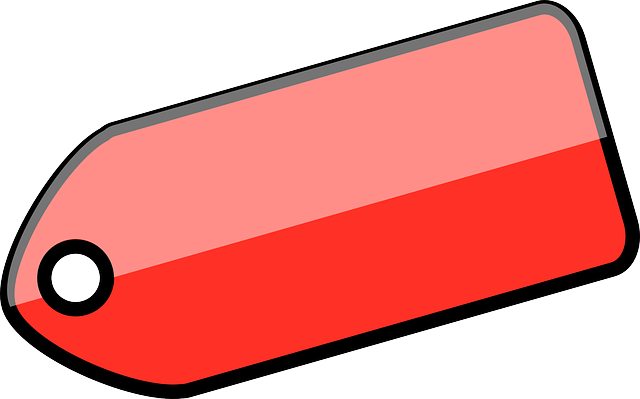Proper Yard Waste Removal and Recycling is crucial for both environmental preservation and aesthetic lawn care. Different types of yard debris, like grass clippings and untreated wood chips, require specific handling to prevent methane production and pest attraction. By understanding these variations, you can support responsible practices that reduce landfill waste, lower greenhouse gas emissions, and foster a circular economy. Additionally, Yard Waste Removal and Recycling through composting enriches soil fertility and minimizes your lawn's carbon footprint, contributing to the preservation of local ecosystems while maintaining a healthy, vibrant lawn.
Tired of struggling with yard waste disposal? This guide, “Lawn Debris Disposal Made Easy,” offers a comprehensive look at efficient and responsible yard waste management. From understanding various types of yard debris and their environmental impact to exploring innovative collection and recycling methods, we equip you with the knowledge to make informed choices. Discover the numerous benefits of sustainable lawn care practices and learn how simple changes can lead to a greener, more practical approach to yard waste removal and recycling.
- Understanding Yard Waste: Types and Their Impact
- Efficient Disposal Methods: From Collection to Recycling
- Benefits of Responsible Lawn Care: Environmental and Practical Considerations
Understanding Yard Waste: Types and Their Impact

Yard waste, a term that encompasses a variety of organic materials typically found in outdoor spaces, includes leaves, grass clippings, branches, and more. Properly managing this debris is not just about aesthetics; it has significant environmental implications. Different types of yard waste require distinct disposal methods for optimal recycling and minimal impact on nature.
For instance, while grass clippings can be composted, adding them to municipal landfills isn’t ideal due to the limited oxygen flow, leading to the production of methane, a potent greenhouse gas. Similarly, untreated wood chips may attract pests and contribute to soil contamination if not disposed of correctly. Understanding these variations in yard waste encourages responsible practices, ultimately enhancing efforts in Yard Waste Removal and Recycling.
Efficient Disposal Methods: From Collection to Recycling

Efficient disposal of lawn debris is not just about keeping your yard tidy; it’s a sustainable practice that contributes to environmental health. One of the easiest ways to manage this process is by adopting a combination of collection and recycling methods. Start by gathering all the cut grass, leaves, and other organic waste into designated bins or bags specifically designed for yard waste removal. This reduces the risk of these materials ending up in landfills, where they can contribute to greenhouse gas emissions.
Many communities now offer dedicated programs for yard waste recycling, turning these debris into valuable resources like compost or biofuel. By utilizing these services, you’re not just simplifying your own disposal process but also promoting a circular economy. This eco-friendly approach ensures that what was once considered waste is now seen as a potential treasure, benefiting both your lawn and the environment in the long run.
Benefits of Responsible Lawn Care: Environmental and Practical Considerations

Responsible lawn care practices go beyond just maintaining a lush green space; they have significant environmental and practical benefits that contribute to a sustainable lifestyle. One of the key advantages is the reduction of yard waste, which is often seen as a nuisance but can be transformed into valuable resources through proper disposal and recycling methods.
Implementing eco-friendly lawn care involves strategies such as composting organic debris, which not only reduces landfill waste but also enriches soil fertility, promoting healthier plants. Additionally, responsible practices encourage the use of local and organic materials, minimizing the carbon footprint associated with transportation. By adopting these measures, individuals can actively participate in preserving their local ecosystems while ensuring a practical, long-lasting approach to lawn maintenance.
By understanding the types of yard waste and their environmental impact, we can implement efficient disposal methods that promote recycling. Responsible lawn care isn’t just about aesthetics; it’s a key component in preserving our planet’s health. Through simple yet effective practices, like proper collection and recycling, we can significantly reduce our carbon footprint while keeping our lawns and communities vibrant. Adopting these strategies ensures a greener future, making yard waste removal and recycling a crucial step towards sustainability.
